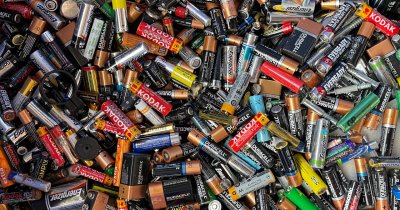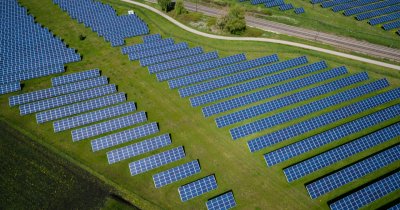Scientists and engineers at The University of Texas at Austin have developed a solution that could help people in these areas access clean drinking water.
According to the news posted on the official site of the University, the team developed a low-cost gel film made of abundant materials that can pull water from the air in even the driest climates.
The materials that facilitate this reaction cost a mere $2 per kilogram, and a single kilogram can produce more than 6 liters of water per day in areas with less than 15% relative humidity and 13 liters in areas with up to 30% relative humidity.
The researchers used renewable cellulose and a common kitchen ingredient, konjac gum, as a main hydrophilic (attracted to water) skeleton.
The open-pore structure of gum speeds the moisture-capturing process. Another designed component, thermo-responsive cellulose with hydrophobic (resistant to water) interaction when heated, helps release the collected water immediately so that overall energy input to produce water is minimized.
You can also read about the new panels that produce water continuously could help with drought and also about the portable desalination unit that could bring drinking water to the entire world.
Photo: https://news.utexas.edu/
 Oana Coșman
Oana Coșman












Any thoughts?